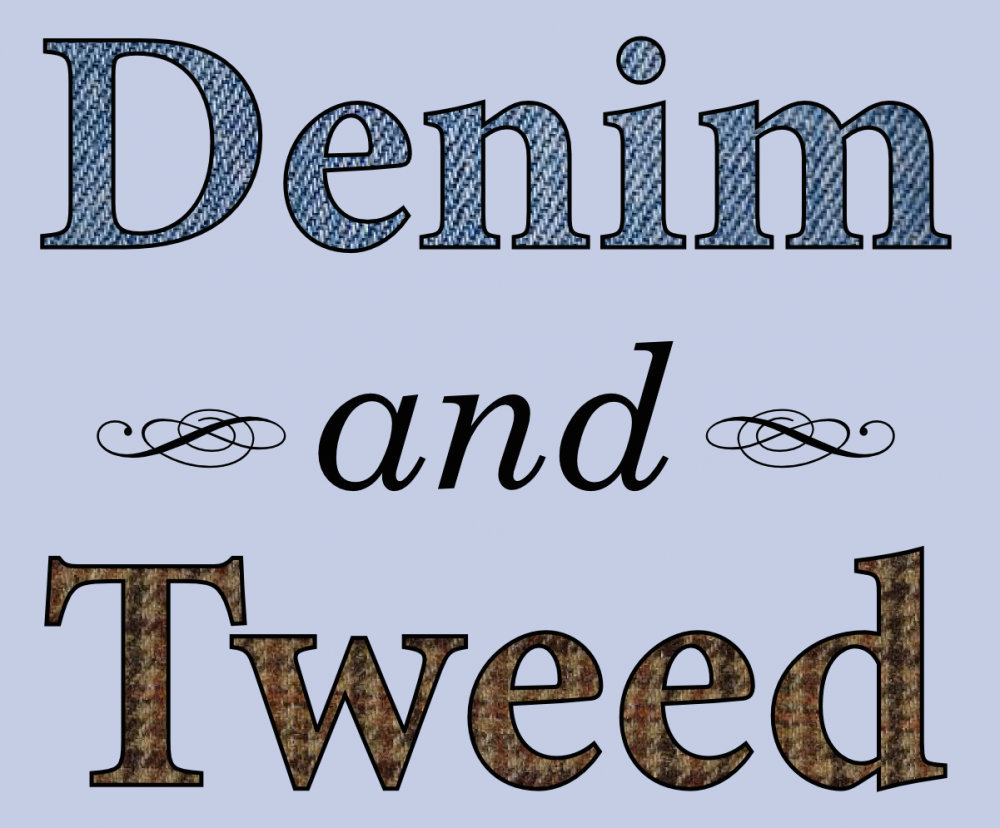 Photo by Arthur Chapman.
Photo by Arthur Chapman.- Recently at Nothing in Biology Makes Sense! Hoatzin gut microbes and multidimensional coevolution.
- Time for a revised version of Jurassic Park? An ancestor of Tyrannosaurus rex turns out to have had feathers.
- Not as simple as you think. Video explanations of what a flame is.
- Next time, can we ask someone who’s actually applied to NSF? In which an economist mostly misunderstands the incentives of science funding.
- Monkey curiousity is adaptive. Basic research is worth funding precisely because we don’t know what it’ll be good for.
- Worth a shot. Could science learn how to overcome imposter syndrome from the example of sports?
- Yes, another genome. The stickleback genome helps find new targets of adaptive evolution.
- And there are a few. On the limits to coming out in ecology.
- We don’t need no stinkin’ quarantine. Ant colonies fight infection by spreading it around.
◼









